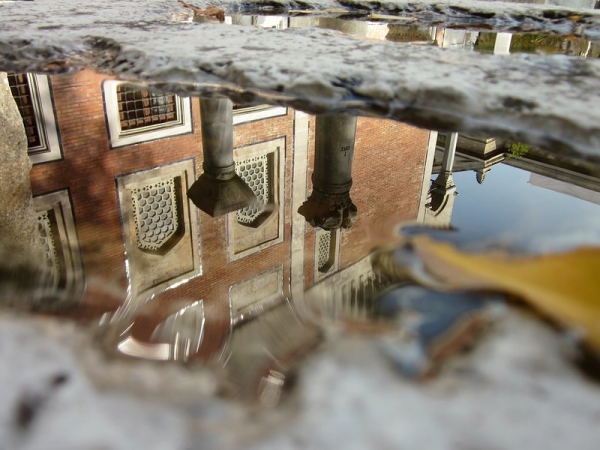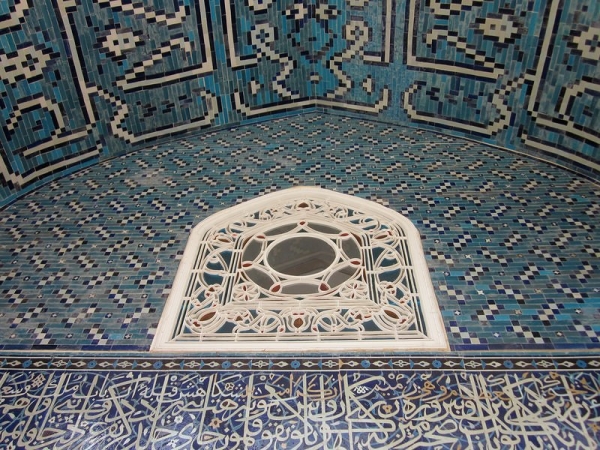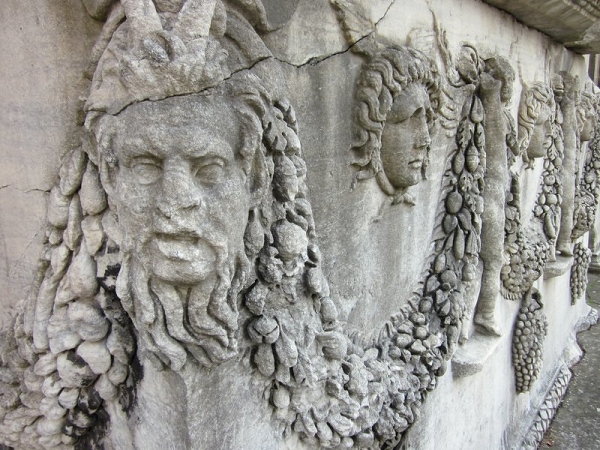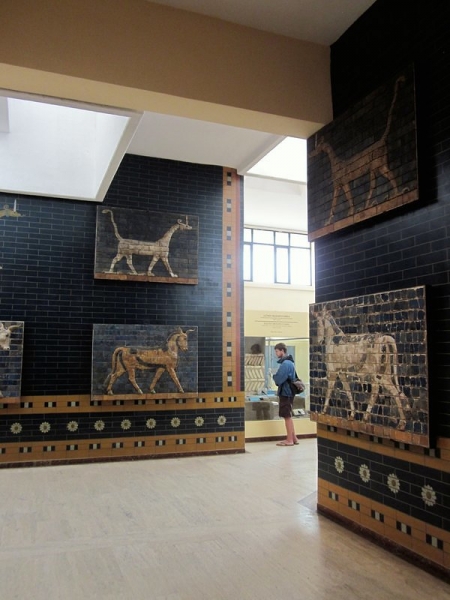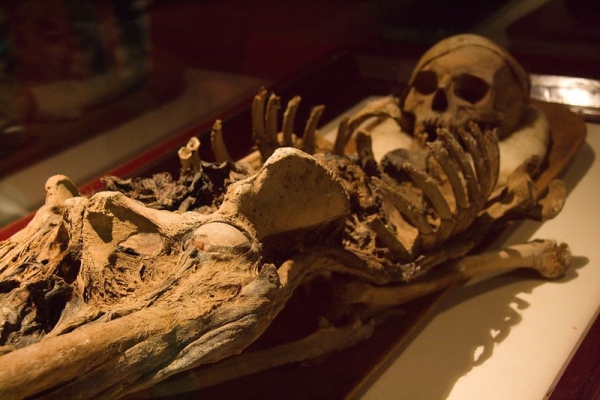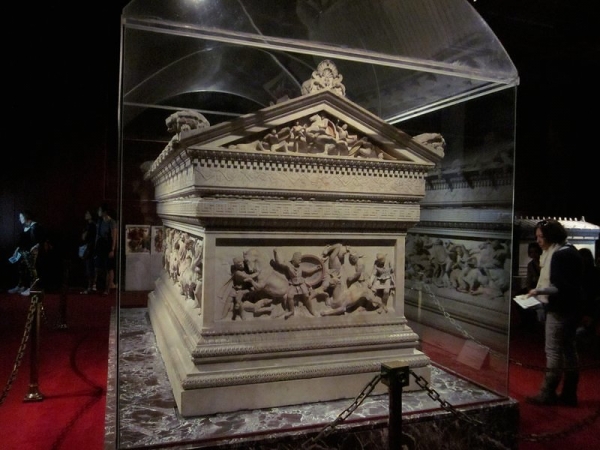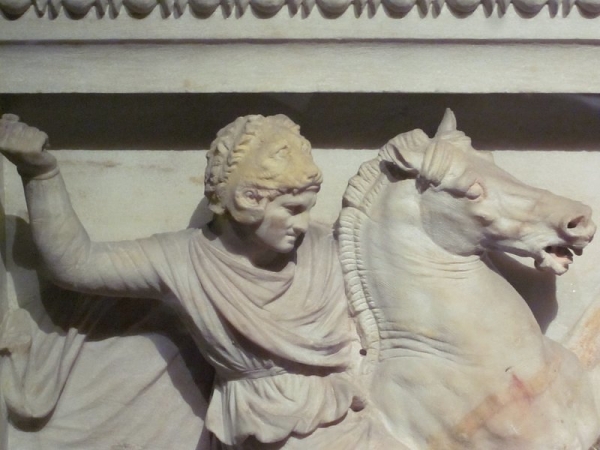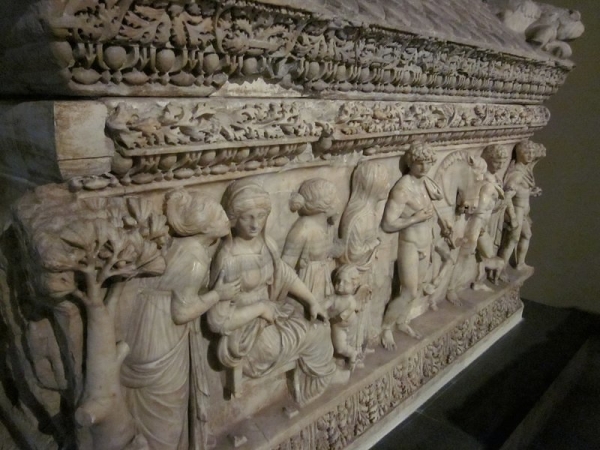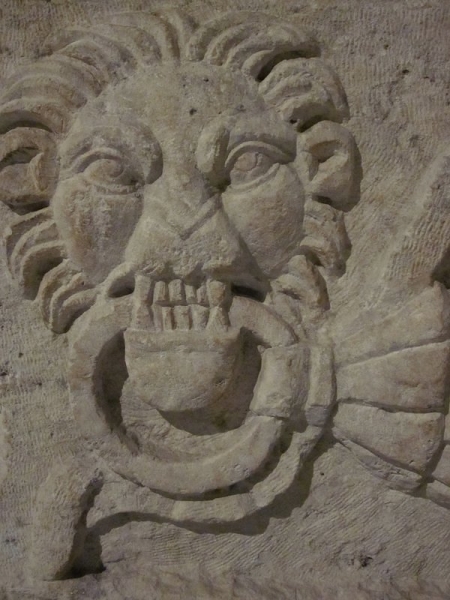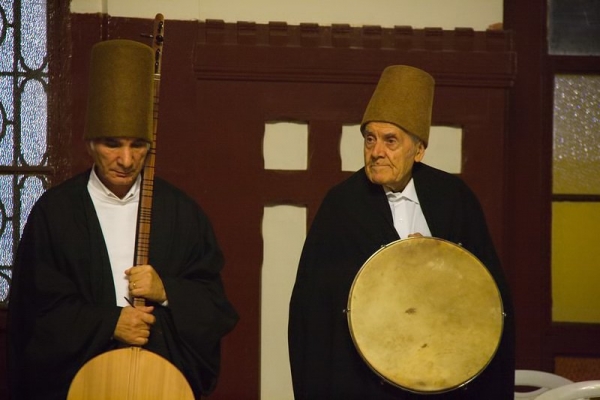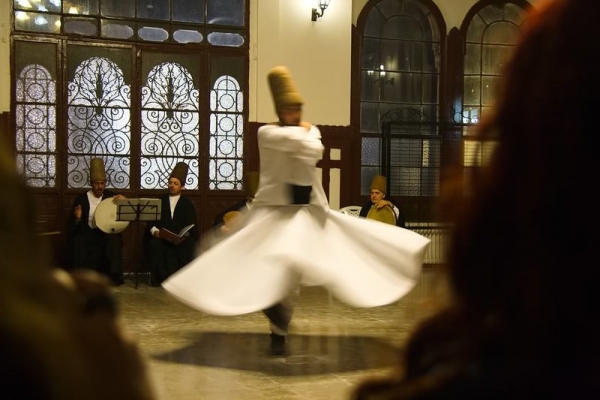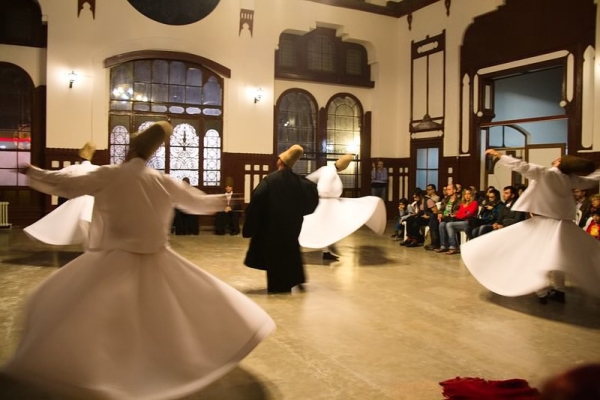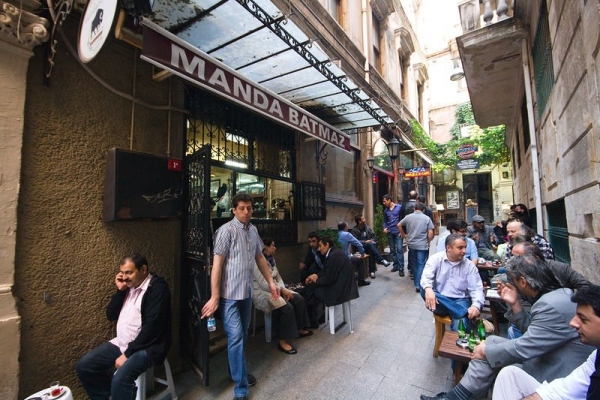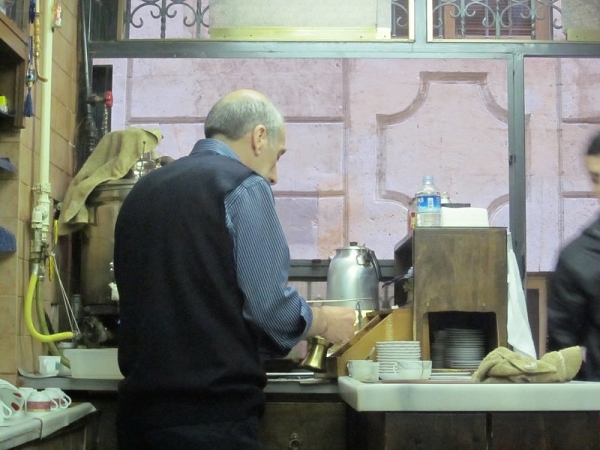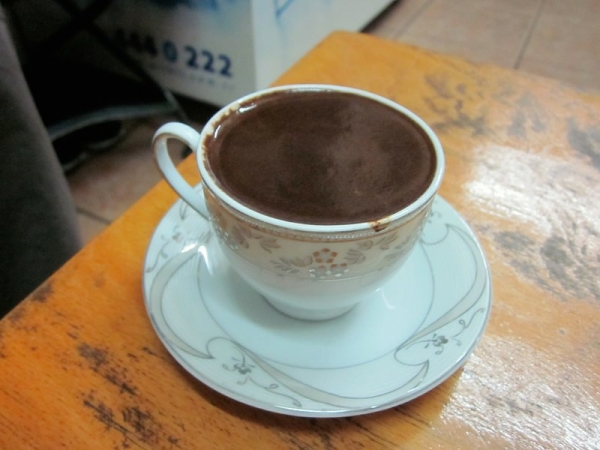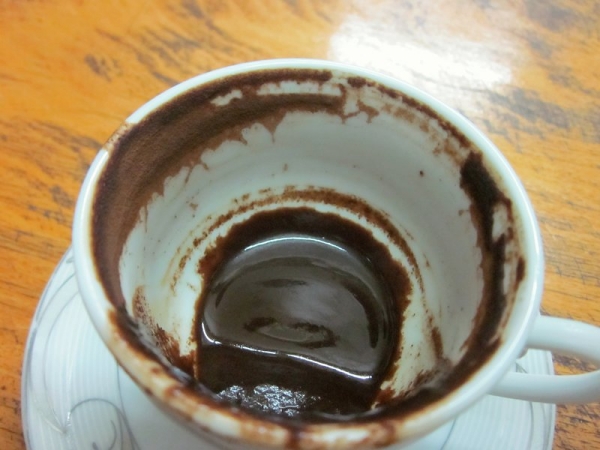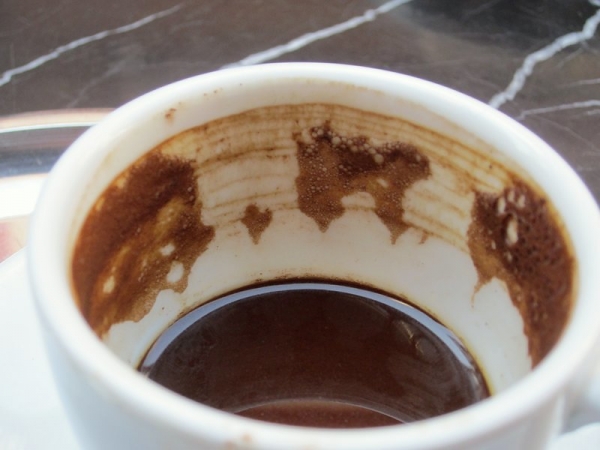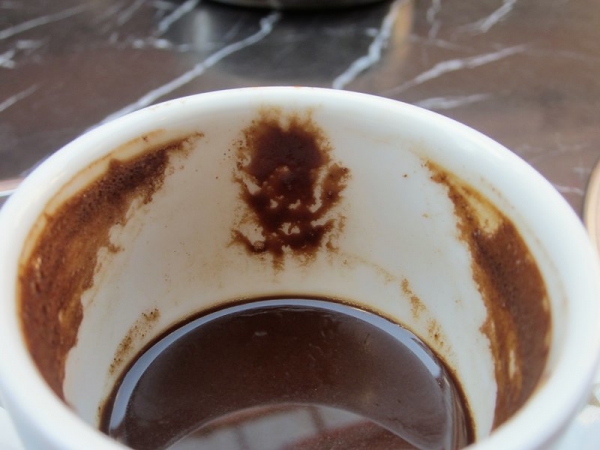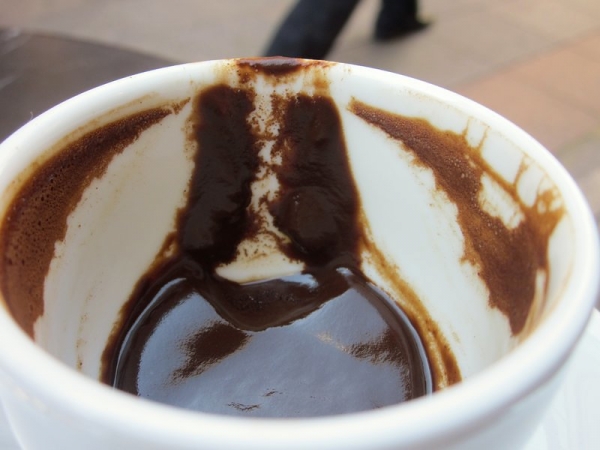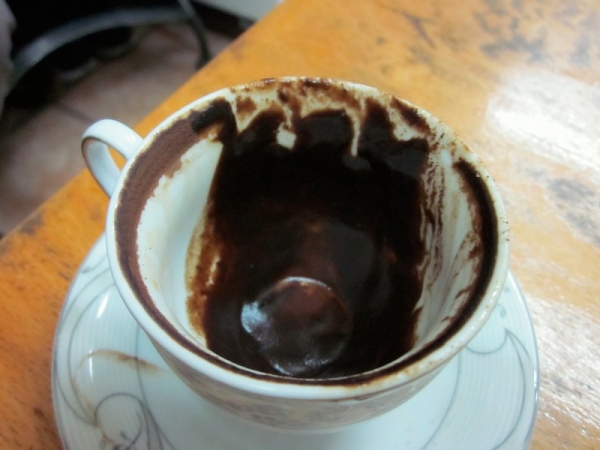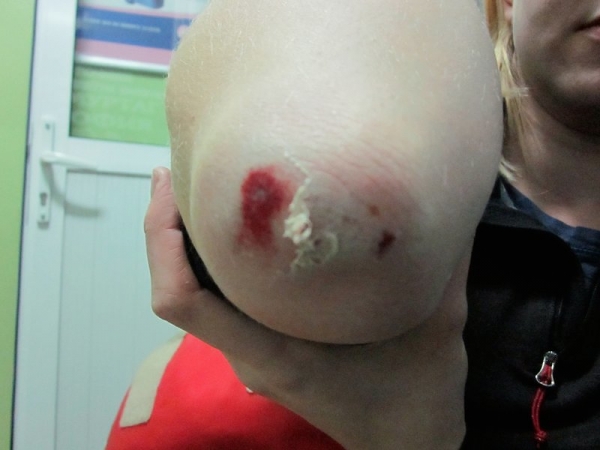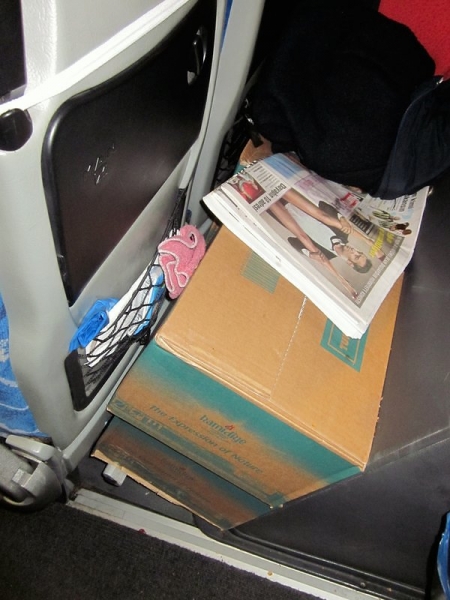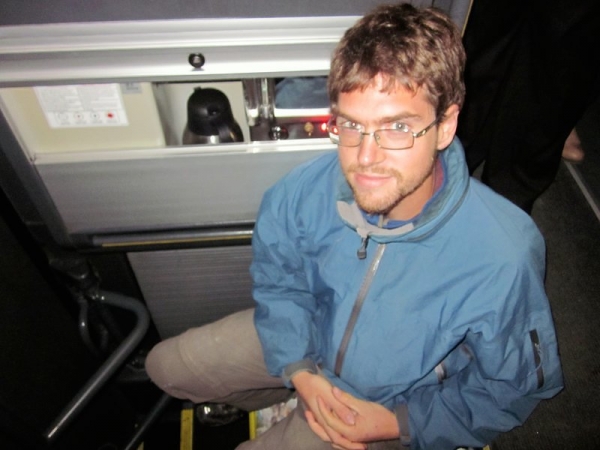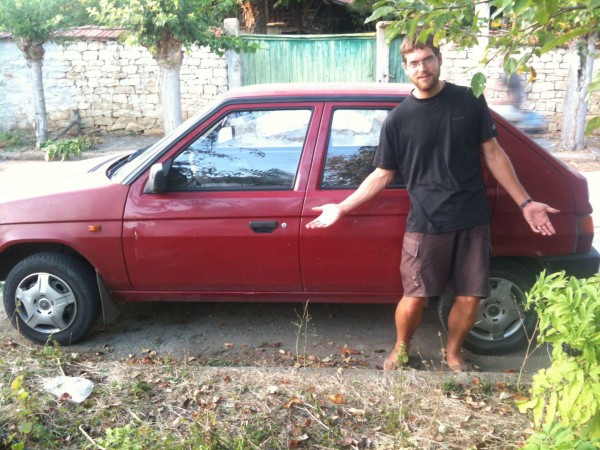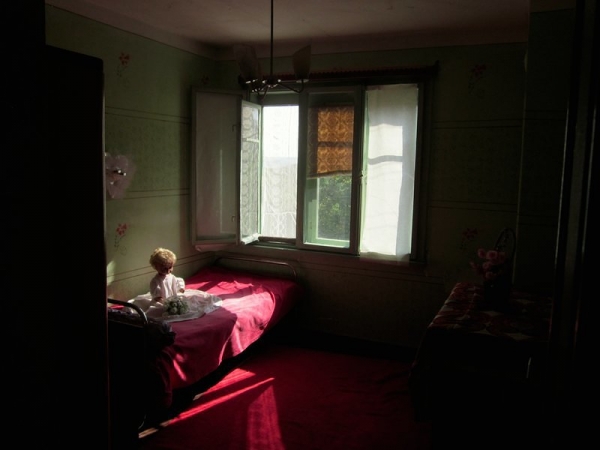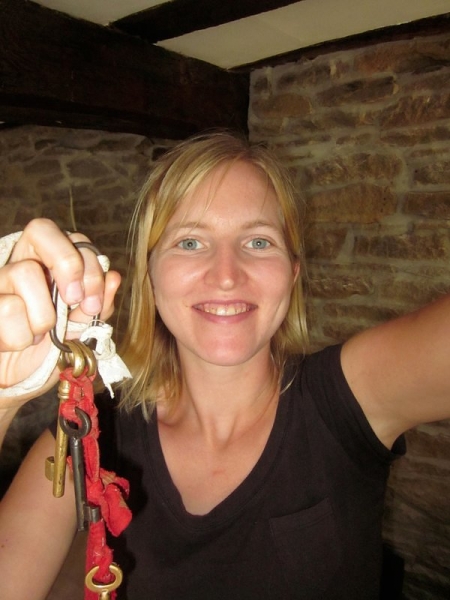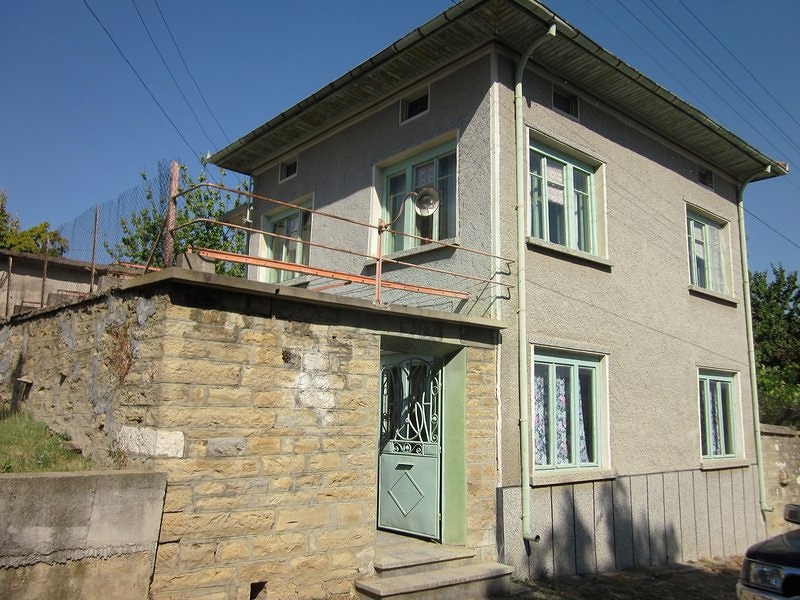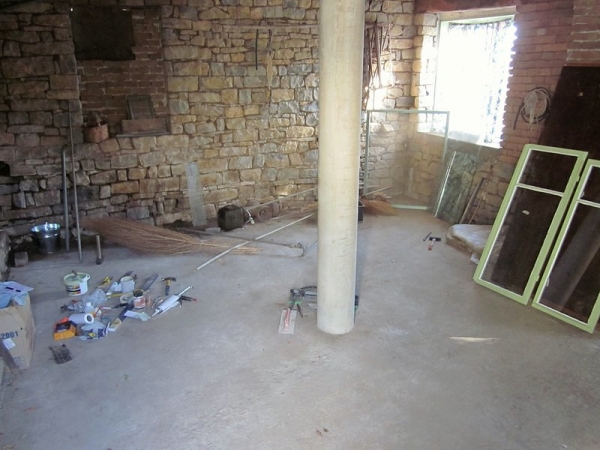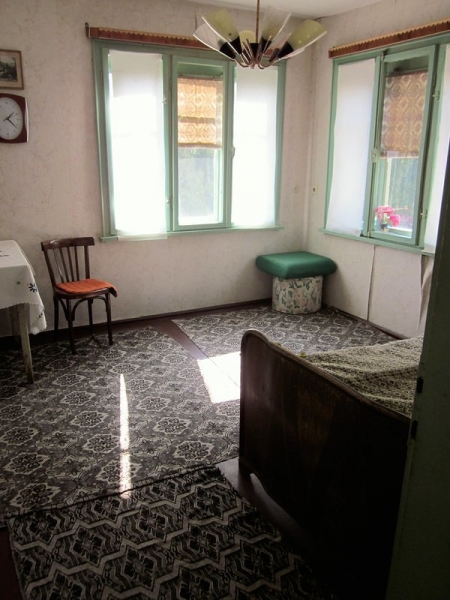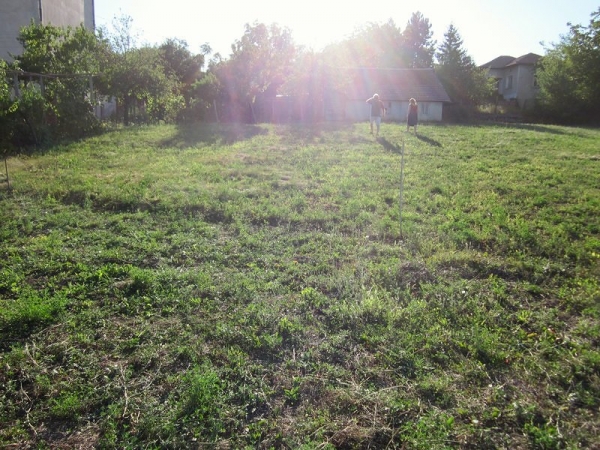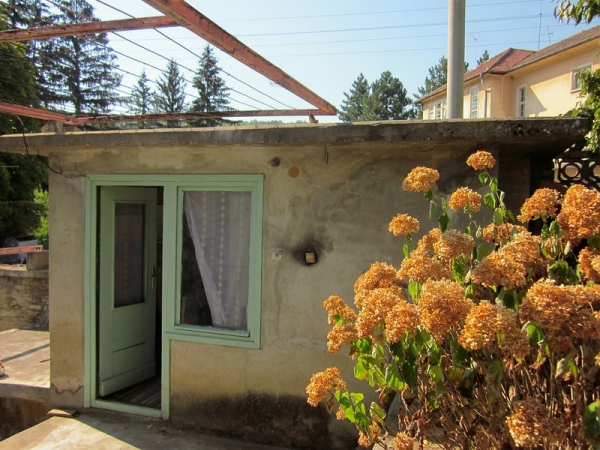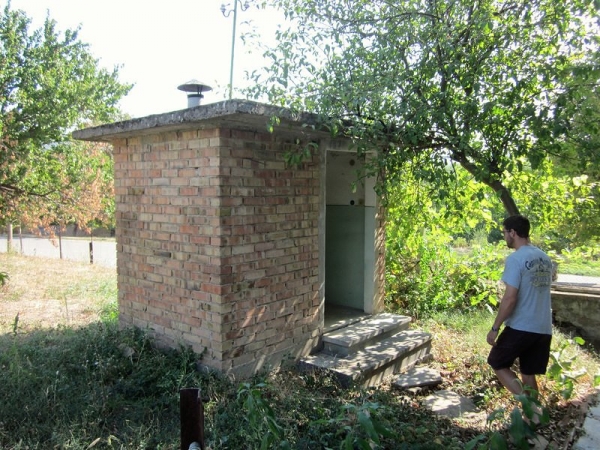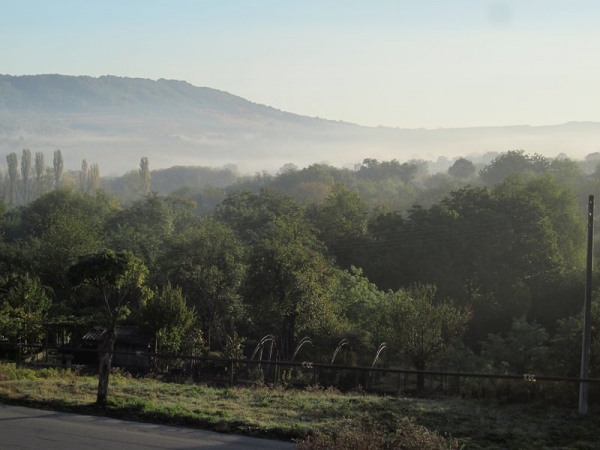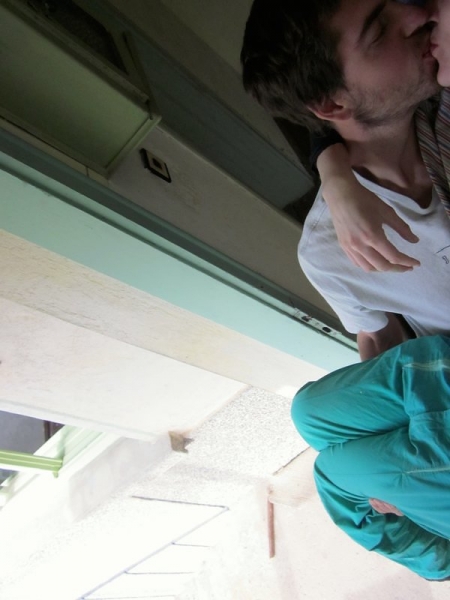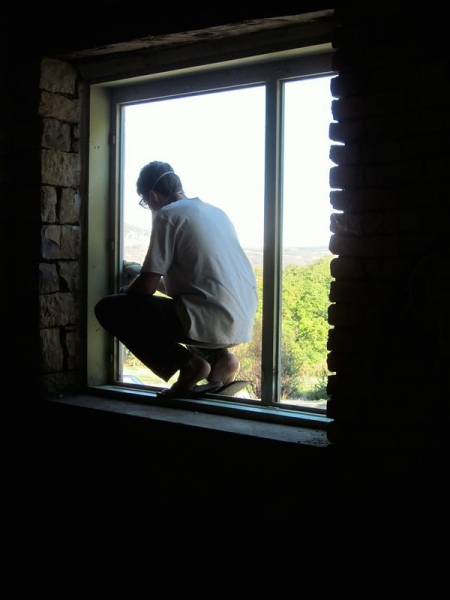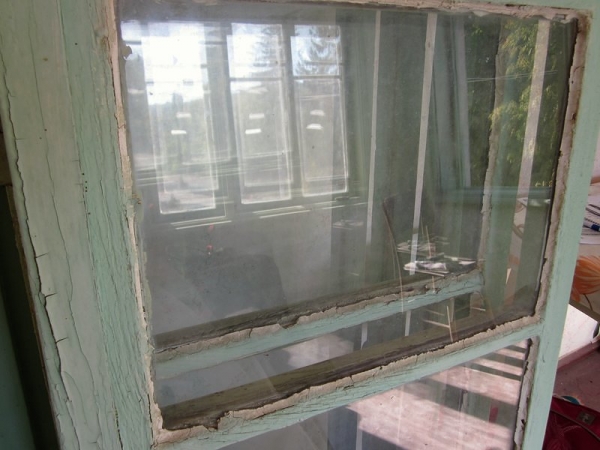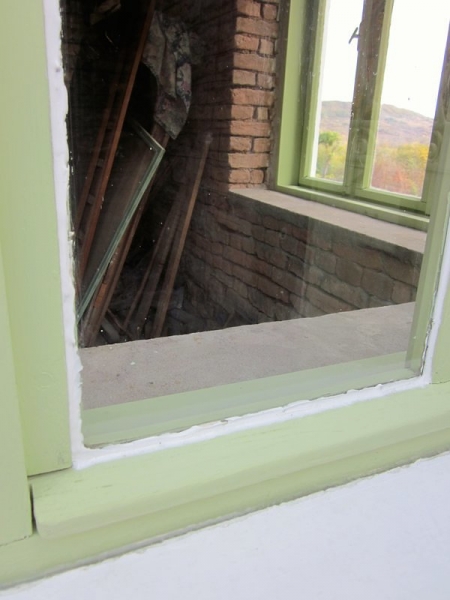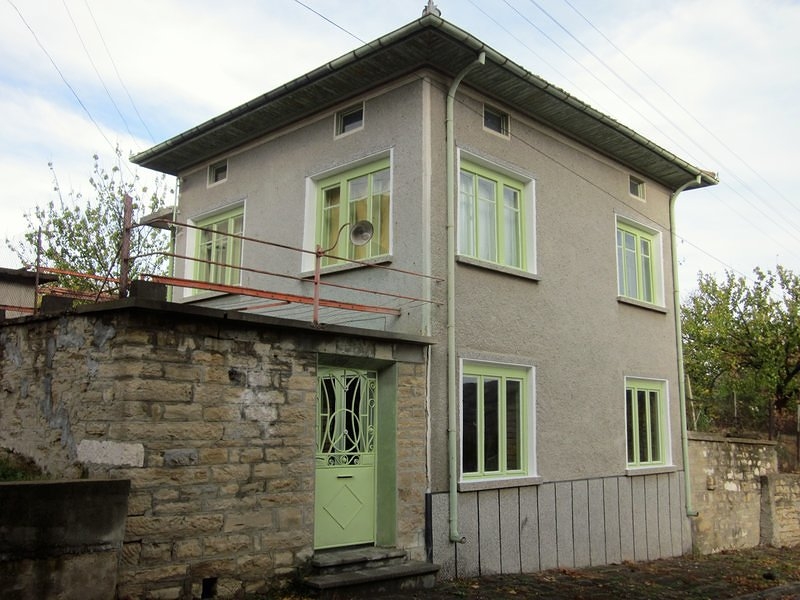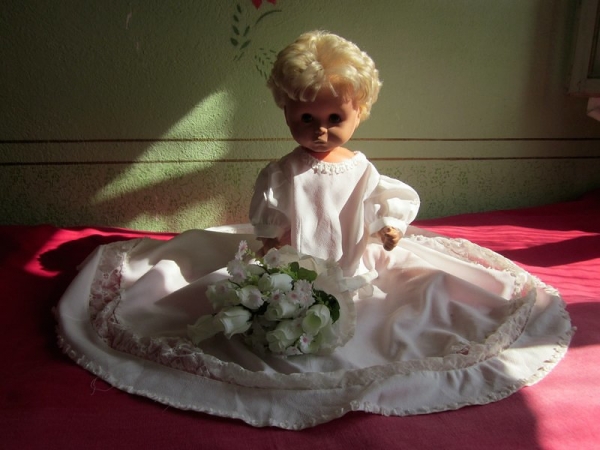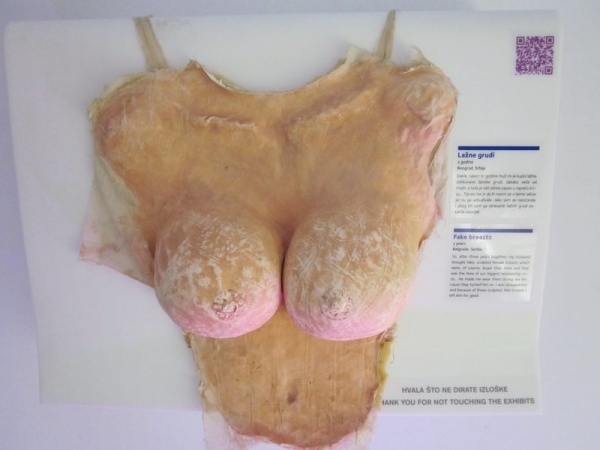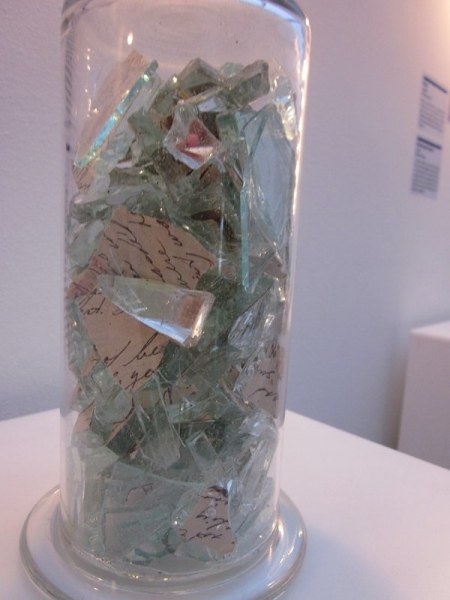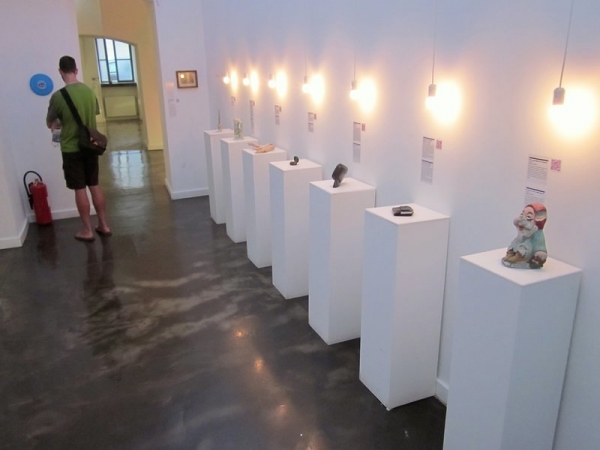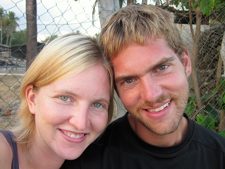We are back from the dead! After an unprecedented 28 days of internet silence, we’ve gained the strength to bring you this update…
Our return to the tech-laden “real” world has come with the surprise announcement that Mike’s sister was happily married while we were hiding from the sun. While big events at home always bring on a bout of homesickness, we can take solace in the fact that she eloped to “the happiest place on earth” and we, in fact, missed nothing but the inevitable drunken celebration upon their return. (Congrats sis! Can’t wait to party it up next time we see you guys… we’re sending big hugs your way!) The other thing that helped ward off the evil spirits – oops, I mean the homesickness – is the fact that we are no longer homeless. Yep, you heard that right… we are the proud owners of a Bulgarian house, smack dab in the middle of the Balkan vampire zone. My how things change when the blog goes dark!
[If you’ve been following us on our Facebook page, this isn’t really news, is it? You’ve already seen the photos. If you aren’t following our Facebook page, what the heck are you waiting for???]
Now, I suppose you want details… Of course you do. I know you do because so did our moms, dads, friends, former colleagues, former high school teachers, new neighbours, our sheep herder (more on this in a bit), nearly every ex-pat we have come across, a fellow traveller we met in Sofia, and our recent victims. Umm… maybe scratch that last one.
We arrived in rural Bulgaria for a HelpX gig at the start of August. It took us a mere week or two of village life, along with an enlightening conversation about Balkan vampirism and just how cheap Bulgarian real estate can be (not that we’re implying the two are related) to decide that we should look at some properties. After all, just looking can’t hurt, right?
After an, umm, “interesting” day with a real estate agent that involved getting lost for over an hour in a village, nearly breaking into the wrong house, and watching the realtor kick in the gate and the front door of a house we were looking at, we still weren’t sure. Nothing spoke to us. Perhaps it had something to do with all the garlic hanging on the doors.
Then, through our HelpX hosts and one of their friends, the perfect property presented itself. We showed up, looked around, and knew within the first two minutes that we wanted it (despite the creepy, creepy doll in the bedroom).
Let me tell you… this baby didn’t last long… it was out before we moved in.
After twenty minutes, we had a kiss from the baba (aka the granny) that was selling it. We had ourselves a lair! I mean, a house!
It’s probably worth noting our mindsets here… Mike was 100% gung-ho about the purchase, and I was still a little on the fence. Bulgaria is a long, long way from our friends and family at home. I couldn’t picture exactly how it would fit into our long-term plan (whatever that may be). Yet, in the moment, I just knew the purchase was right. When it’s right, it’s right, you know? Mike helped to relieve any final misgivings I had with his well-timed statement upon our return: “Maybe I shouldn’t have had that beer right before we went to look at it… I was just walking around the yard thinking I really wish I wasn’t buzzed right now.” Helpful, huh? Anyways, I digress…
While we all considered the baba’s kiss to be binding, Bulgarians do like their bureaucracy so we started the ball rolling to actually buy the thing. Everyone told us we’d be moved in within a week, but – alas! – it was not to be. And thus began the longest MONTH of waiting of our lives and the most difficult time of our trip for us.
First, we waited for our company papers to come through (non-EU citizens are not allowed to own property in Bulgaria, but they can form a company that owns the property). Then, we waited for our company stamp. Then, we waited for the bank transfer to go through. Then, for the money to actually show up (this took a full week AFTER we got the confirmation of it). Finally, we had to wait for the notary to make time for our appointment.
But finally, on October 1, the deal went through. Everything was signed in quintuplet. We went to the bank and paid our taxes and then paid the bank to obtain proof (in quintuplet) that we paid our taxes. We took out our company stamp that cost a small fortune to make and asked for a stamp pad, but were waved off. Apparently, you simply need to possess the stamp, instead of actually stamping with it. Ah… the strange quirks of the system!
Coolest (and heaviest) set of house keys I’ve ever set my eyes on
“Wait…”, you’re thinking. “This is all very nice,” (you’re probably actually thinking boring, but I’ve chosen to hear your interjection as “nice”), “but when you said details, I thought you meant what we all want to know… HOW MUCH does a house in Bulgaria COST?”
Here’s the numbers and a little bit more of the bureaucratic process (in case you too want to get up close and personal with the vampires by buying a house)…
The house itself cost 12000 BGN leva (or $7650 CAD/6000 Euro at the time of purchase). As I mentioned, this required the formation of a company which cost 450 leva, plus 17 leva to notarize the papers (EVERYTHING has to be notarized in Bulgaria!), and another 50 leva to get our stamp. Getting lost? Don’t worry. There’s a grand total at the end. Lawyer fees for the house deal were 750 leva. While a lawyer wasn’t essential, we didn’t want to mess around here (and she caught a discrepancy in the lot size that was fixed up in our deed). Taxes and notary fees for the house purchase totalled 764 leva. We could have saved on the taxes by declaring a lower purchase price than the true amount (a common, and as it turns out expected practice), but we went by the book here too. Every trip to the notary requires a translator (trust me, if you don’t speak Bulgarian, they won’t speak to you… even if you show them your fangs as proof of Balkan citizenship). This, of course, adds to the costs – 30 leva.
So the grand total, including all the taxes and fees we never even considered was… drum roll please… 14,061 leva/$8,964.04 CAD/7,030 Euro. (Which, as an amusing side note, would – if included in our overall trip budget along with our Bulgarian car purchase, car repair bill, and house renovation bill – put our daily cost at $68 CAD/day since we left home… still not too shabby, huh?)
And what did that money get us? In Bulgaria, a 3 bedroom house with an outdoor kitchen, outdoor loo, and barn. Half an acre of land with peach trees, apple trees, plum trees, and grapevines. An amazing view of the stunning hills surrounding us. No indoor kitchen or bathroom (but there’s plenty of space for them and there will be one day…) and no shower. The house is in livable condition, with water hooked up and basic (as in basically old, crumby, and downright dangerous) electricity. In Canada, the same amount would get us little more than a used car.
The house, as we found it
Our future dining/living room… so much potential!
One of the bedrooms
Our yard
Outdoor kitchen, complete with clay oven
The outdoor loo. Ever heard the expression “built like a brick shithouse”? Now you’ve seen one!
This picture was taken from our yard
The house also came with a sheep keeper – an elderly man that cuts the grass, keeping the yard from being reclaimed by the jungle. I must admit, at first I was a little uneasy when he let himself into the back gate and started hanging out in our yard. But, through a little translation help from a friend, we discovered that he cut the lucerne (aka alfalfa) in the yard for the old owner and he was willing to keep doing so until we were ready to move in. And what does he want in payment? Get this… the grass! That’s right, where else in the world can you hire someone to cut your grass (through a combination of a scythe and two sheep) for the price of the grass itself? It’s a beautifully simple system!
So, anyways, back to the present. Mike and I battled our way out of Bulgaria (I’m sure you can sense there’s a story here.. but I’ll save that for a later post) after spending a blissful four weeks in our very own home. We ditched our lofty goals of putting in a new bathroom, redoing the upstairs wiring, and just got the windows and doors done.
Taking a break from renos to be carried over the threshold
Scraping, sanding, and puttying the window frame before painting
The windows BEFORE
The windows AFTER
The house, as we left it
And so, under the cover of darkness, we journeyed to Istanbul, Turkey. We snuck into our hostel just as the sun was about to rise, and we’re spending the daylight hours hidden away… catching you, our reader, up on the adventures. I’m sure we’ll venture out after sundown – there is, after all, fresh blood to be had! Oops… I mean a new culture to experience!
FYI… We are not settling down in Bulgaria just yet. In fact, we still don’t know when our Bulgarian house will become our Bulgarian home for good. But for now, it’s one hell of a summer project, no?
AHHHHH!!!!! It’s back!
Want to see more of our house? Check out our photos in our photo gallery or stop by the ol’ Facebook page to see some more.
